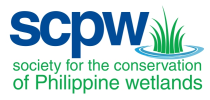 The National Conference on Wetlands, Climate Change Adaptation and Biodiversity Conservation (NCWCCBC) held on 12 to 14 January 2009 at Silliman University in Dumaguete City aimed at setting the stage for the development of a national policy on wetlands, and a national strategy and action plan for the wise use of wetlands and wetlands resources, incorporating concerns on biodiversity conservation and climate change adaptation.
The National Conference on Wetlands, Climate Change Adaptation and Biodiversity Conservation (NCWCCBC) held on 12 to 14 January 2009 at Silliman University in Dumaguete City aimed at setting the stage for the development of a national policy on wetlands, and a national strategy and action plan for the wise use of wetlands and wetlands resources, incorporating concerns on biodiversity conservation and climate change adaptation.
Field Exposure Trip/Observation and Community Interaction
The theme of the Field Exposure Trips on the second day of Conference (13 January 2009) was Community-Led Wetland Management Strategies. There were 5 field exposure sites, namely Apo Island, Bayawan Wetland, Lake Balanan, Bais Bay Mangrove Reserve and Lake Balinsasayao.
Apo Island
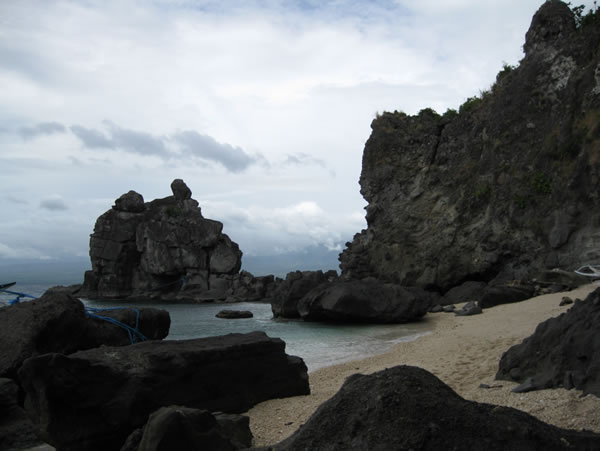
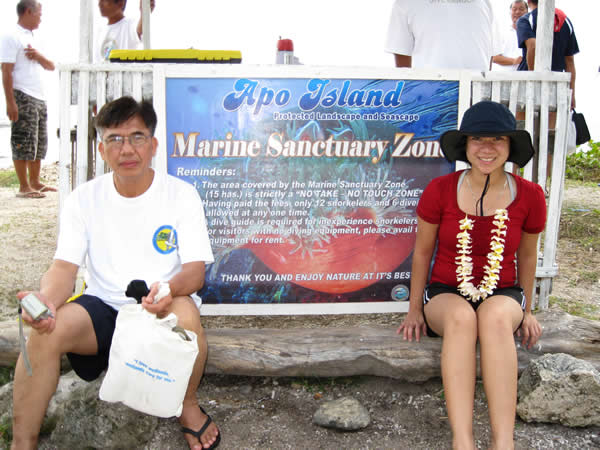
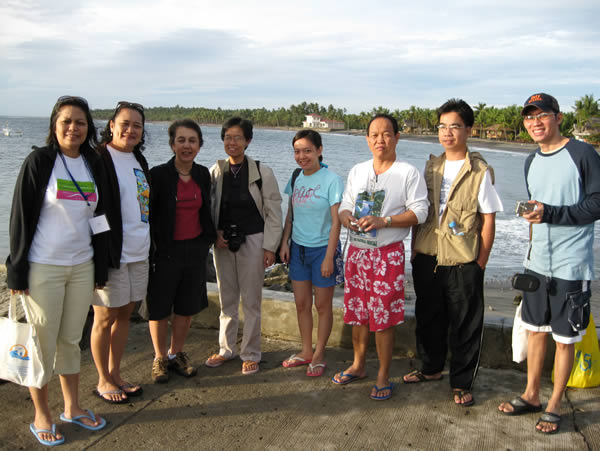 The group began the day at 6:00 am. We proceeded to Dauin Port where two boats will ferry the 19 participants to Apo Island. We finally arrived at Apo Island at 9:00 am, following a 45-minute boat ride to the island. Once on the island, we were met by the Protected Area Superintendent (PASu) in-charge of the Protected Area Management Board (PAMB). A brief dialogue among the participants and the PASu took place regarding the management of the Protected Area. Apo Island is deemed as one of the best practices in protected area management, generating enough funds to sustain operations and enforcement within the island. The PAMB has set a list of fees for visitors and tourists including diver’s fees, a campsite at the sanctuary and entrance to the sanctuary grounds.
The group began the day at 6:00 am. We proceeded to Dauin Port where two boats will ferry the 19 participants to Apo Island. We finally arrived at Apo Island at 9:00 am, following a 45-minute boat ride to the island. Once on the island, we were met by the Protected Area Superintendent (PASu) in-charge of the Protected Area Management Board (PAMB). A brief dialogue among the participants and the PASu took place regarding the management of the Protected Area. Apo Island is deemed as one of the best practices in protected area management, generating enough funds to sustain operations and enforcement within the island. The PAMB has set a list of fees for visitors and tourists including diver’s fees, a campsite at the sanctuary and entrance to the sanctuary grounds.
The islanders have felt and are reaping the benefits of the marine sanctuary, and the protected area status, in general. Apo Island is one of the favorite destinations for tourists particularly foreigners looking for a good diving spot and marine life. Local ordinances have been set up to ensure that the population within the island remains stable; likewise, local businesses are encouraged within the island that would foster the livelihood of the community. Subsistence fishing is still being practiced by the fishermen during off peak seasons for tourists.
We were boarding the boat shortly after 12 noon, bracing for rough seas as we head back to Dauin Port. Nevertheless, we were all made aware of the dynamics of protected area management vis–a–vis the importance of community involvement when it comes to conserving our natural resources. Here we see an example of how a protected area works in favor of its stakeholders.
We proceeded to the Liberty Community Lodge and Diving resort for some rest and snacks. The lodge is one of two resorts in Apo Island and is owned by a local resident of Apo who is also the current captain of the village. Here they shared an ingenious method of cooking rice – one that uses a Styrofoam box that traps heat and incubates the rice as it cooks. It saves on gas and energy as it cuts the cooking time of the rice by at least a quarter.
At 10:30 in the morning, we headed to the Marine Sanctuary. The bad weather did not permit us to explore the waters of the sanctuary any further, however, a group discussion with the PASu, boat skippers and sanctuary wardens ensued at the cottage right in from of the sanctuary. Afterwards, w e headed back to the Lodge to feast on lunch prepared by the local members themselves.
– excerpt from the report of Ms. Cynthia Adeline Layusa
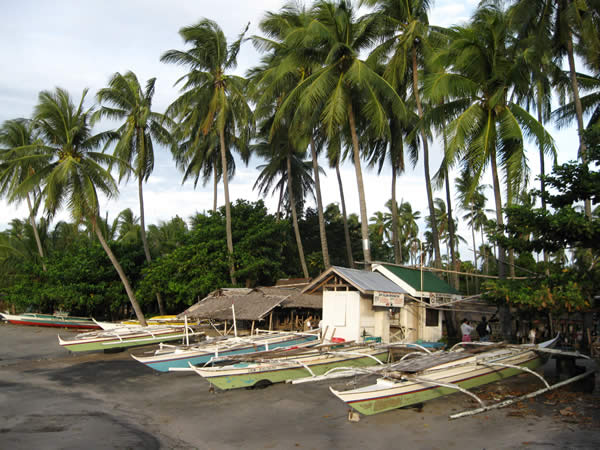
Implementors, Partners and Supporters –

